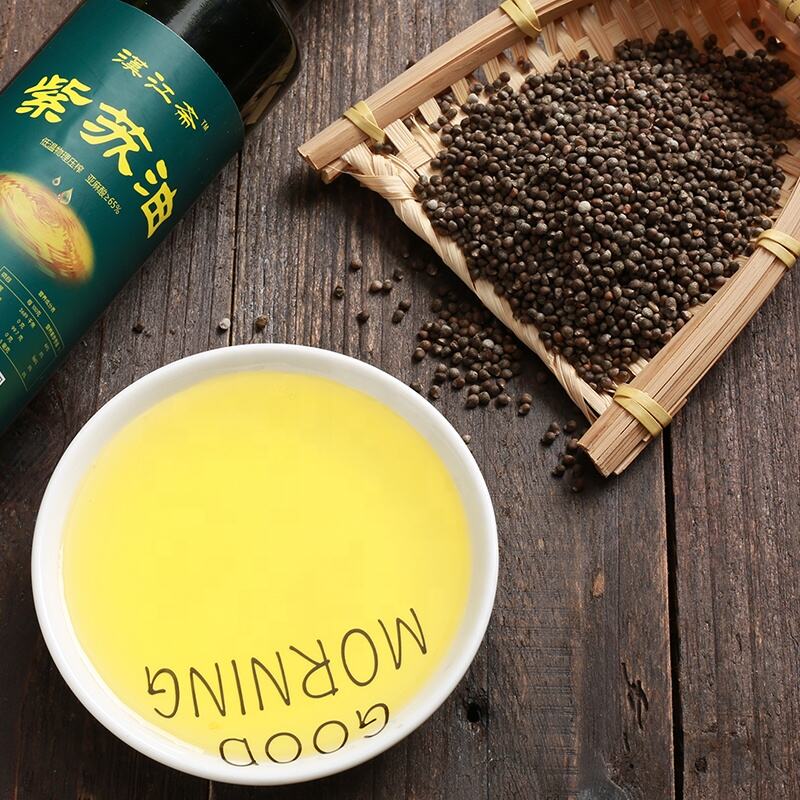dehulled sesame seeds price
Dehulled sesame seeds price represents a crucial market indicator in the global food industry, reflecting the value of these versatile and nutritious ingredients. These premium seeds undergo a sophisticated hulling process that removes the outer shell while preserving the seed's nutritional integrity. The price varies depending on factors such as origin, quality grade, processing method, and market demand. Current market trends show fluctuations influenced by agricultural conditions, international trade dynamics, and growing consumer preference for healthy food alternatives. These seeds are extensively used in various applications, from direct consumption to food processing and oil extraction. The pricing structure typically accounts for the additional processing costs involved in dehulling, quality control measures, and packaging requirements. Major producing regions like India, China, and African countries significantly influence global price trends. The market also considers factors such as organic certification, seed size uniformity, and color consistency in price determination. Understanding these price dynamics is essential for buyers ranging from food manufacturers to retail distributors, as it impacts their product costings and profit margins.


